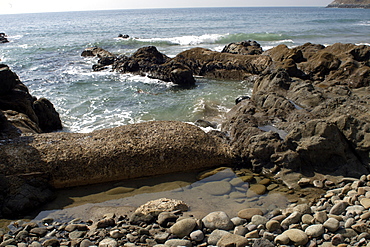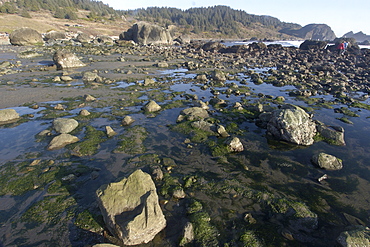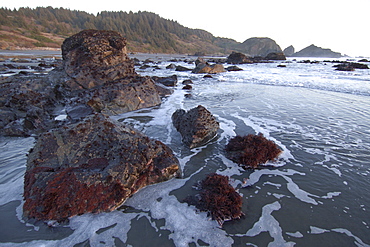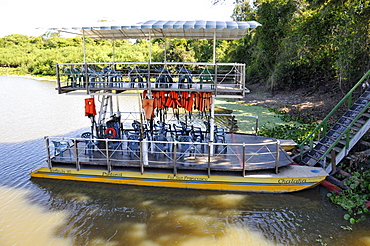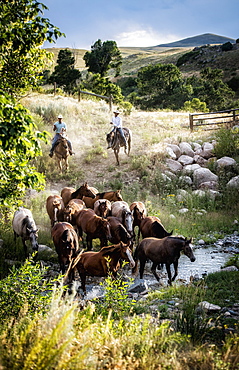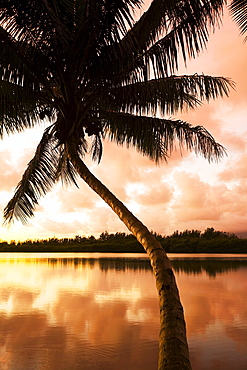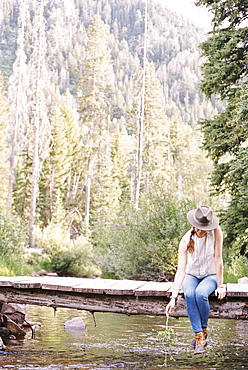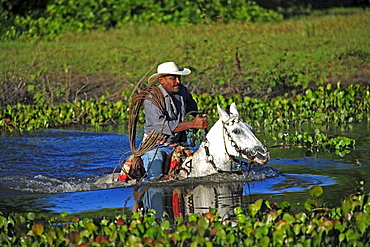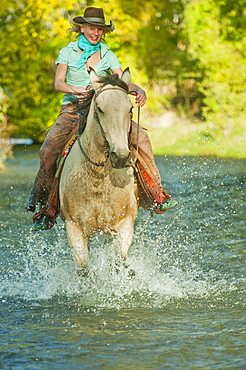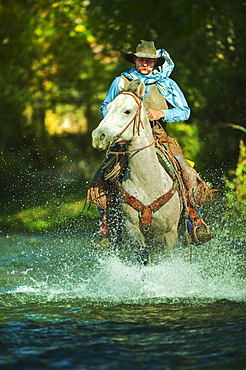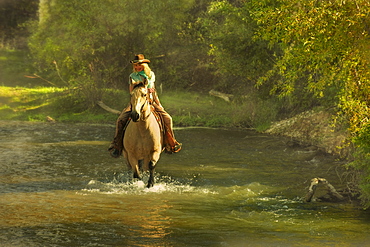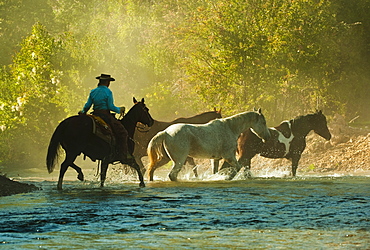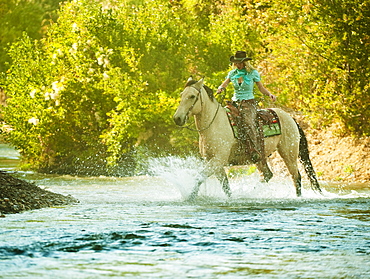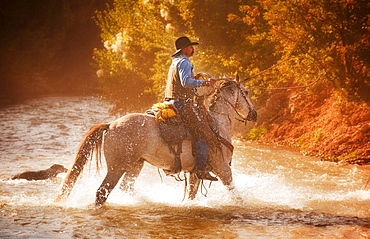Results
5 results found
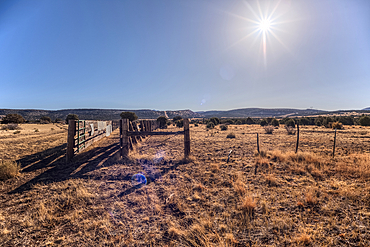
A livestock corral for the Thirteen Mile Cattle Tank off of Corva Road, Kaibab National Forest, Arizona, USA
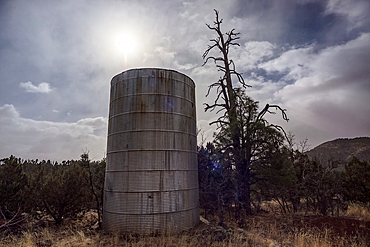
Old water tank perched on a cliff overlooking the T-Bar Ranch Homestead in the Coconino National Forest, Arizona, United States of America
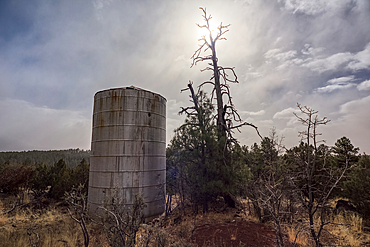
Old water tank perched on a cliff overlooking the T-Bar Ranch Homestead in the Coconino National Forest of Arizona, United States of America
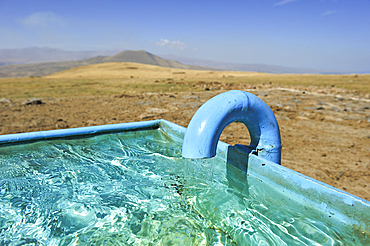
Watering place on the Argitchi plateau, Armaghan volcano in the background, Gegharkunik region, Armenia, Eurasia
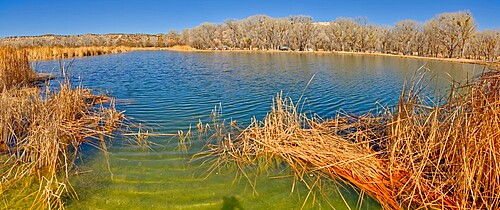
Middle Lagoon, one of three Lagoons at Dead Horse Ranch State Park, Arizona, United States of America, North America

Irrigated fields at the Daniel/Chew ranch, an arable and stock family farm that relies on water from the nearby Green River, within Dinosaur National Monument, Utah, Usa
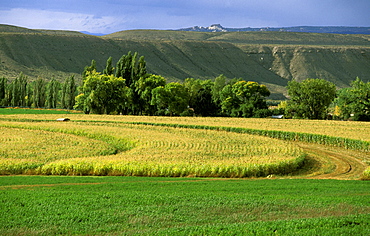
Irrigated fields at the Daniel/Chew ranch, an arable and stock family farm that relies on water from the nearby Green River, within Dinosaur National Monument, Utah, Usa
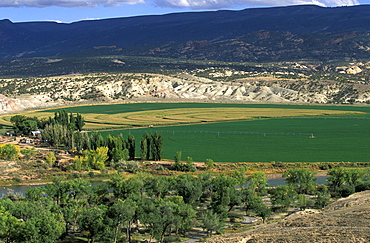
Irrigated fields at the Daniel/Chew ranch, an arable and stock family farm that relies on water from the nearby Green River, within Dinosaur National Monument, Utah, Usa
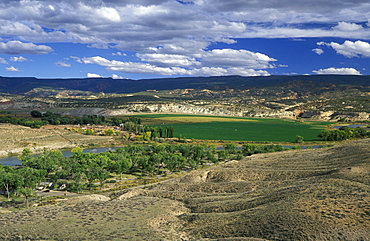
Irrigated fields at the Daniel/Chew ranch, an arable and stock family farm that relies on water from the nearby Green River, within Dinosaur National Monument, Utah, Usa
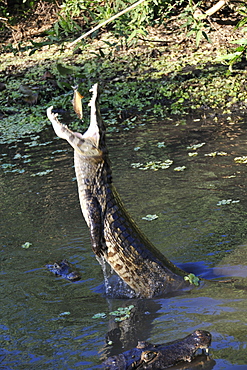
Pantanal caiman (Caiman crocodilus yacare), leaps out of the water and eats a piranha (Pygocentrus piraya), San Francisco Ranch, Miranda, Mato Grosso do Sul, Brazil, South America
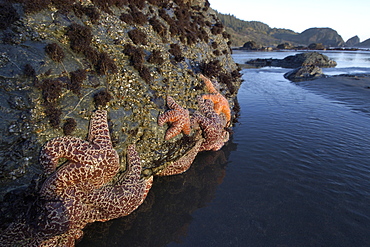
Purple ochre sea star (Pisaster ochraceus) at Lone Ranch Beach, Oregon, United States of America, North America
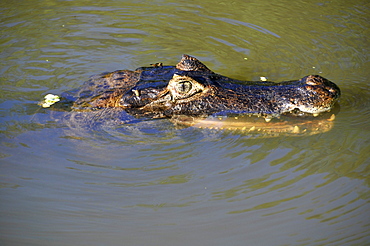
Pantanal caimans (Caiman crocodilus yacare), San Francisco Ranch, Miranda, Mato Grosso do Sul, Brazil, South America
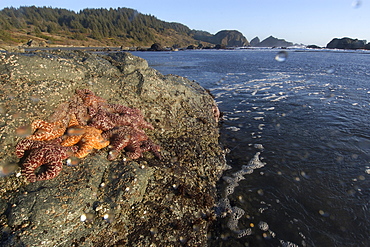
Purple ochre sea star (Pisaster ochraceus) at Lone Ranch Beach, Oregon, United States of America, North America
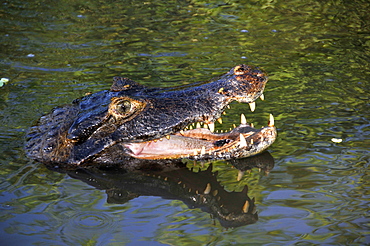
Pantanal caimans (Caiman crocodilus yacare), San Francisco Ranch, Miranda, Mato Grosso do Sul, Brazil, South America
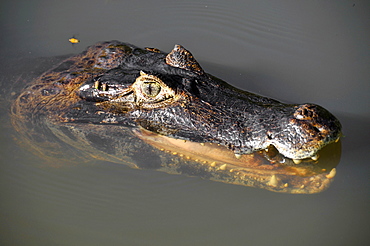
Pantanal caimans (Caiman crocodilus yacare), San Francisco Ranch, Miranda, Mato Grosso do Sul, Brazil, South America
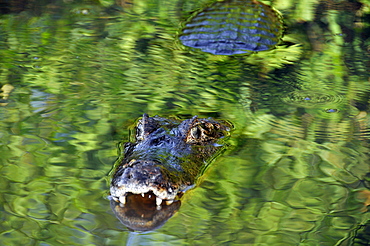
Pantanal caimans (Caiman crocodilus yacare), San Francisco Ranch, Miranda, Mato Grosso do Sul, Brazil, South America
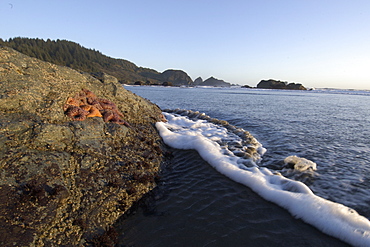
Purple ochre sea star (Pisaster ochraceus) at Lone Ranch Beach, Oregon, United States of America, North America
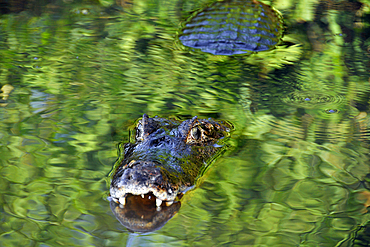
Pantanal caimans, Caiman crocodilus yacare, San Francisco Ranch, Miranda, Mato Grosso do Sul, Brazil

Northern Raccoon (Procyon lotor), adults at night drinking from wetland lake, Fennessey Ranch, Refugio, Coastal Bend, Texas Coast, USA
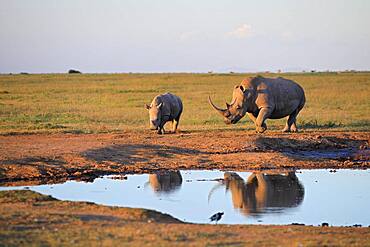
Two white rhinos (Ceratotherium simum) at a waterhole, reflection, Solio Ranch Wildlife Sanctuary, Kenya, Africa
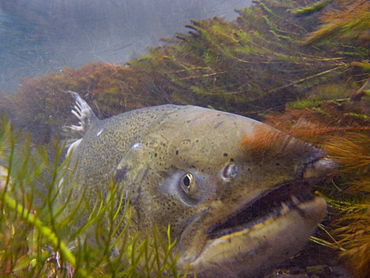
November 7, 2008 Mt Shasta CA A spawned-out Chinook salmon watches over her redd in the Shasta River where it runs through Big Springs Ranch about 2 miles north of the town of Mt Shasta. The ranch, which is contributing to degraded habitat conditions, which actually warm water tempt by upwards of 10 degrees as the river passes through the ranch and then spills into the Klameth, is currently under contract for purchase by TNC, therefor TNC and partner organizations have been allowed to research this stretch of river for the first time. They have discovered that is it a very fertile juvenile rearing area and that there are a surprising number of returning salmon in spite of habitat degraded by grazing cattle (often in the river) and irrigation practices. If this purchase is successful, TNC has the chance to improve a large stretch of habitat and quickly improve conditions that will effect numbers of returning fish and habitat in the Shasta and Klameth Rivers. In California, The Nature Conservancy is focusing its efforts on protecting the Shasta River and its tributaries, which create one of the most important spawning nurseries for Chinook salmon in the entire Klamath Basin, United States of America
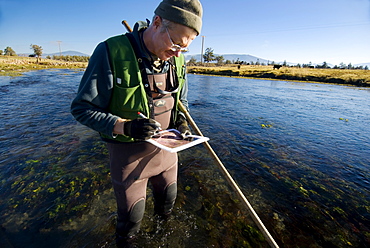
Mt Shasta CA, Big Spring Ranch Bill Chesney from the CA Dept of Fish & Game counting redds in a stretch of river that is heavily grazed by cattle who have full access to the river and often drink and eat in it. Mt Shasta in the background. The Shasta River runs through Big Springs Ranch about 20 miles north of the town of Mt Shasta. The ranch, which is contributing to degraded habitat conditions, and actually warming water temps by upwards of 10 degrees as the river passes through the ranch and then spills into the Klameth, is currently under contract for purchase by TNC. Since the contract began, TNC and partner organizations have been allowed to research this stretch of river for the first time. They have discovered that is it a very fertile juvenile rearing area and that there are a surprising number of returning salmon in spite of habitat degradation by grazing cattle (often in the river) and irrigation practices. If this purchase is successful, TNC has the chance to improve a large stretch of habitat and quickly improve conditions that will effect numbers of returning fish and habitat in the Shasta and Klameth Rivers. The Shasta River and its tributaries create one of the most important spawning nurseries for Chinook salmon in the entire Klamath Basin, United States of America
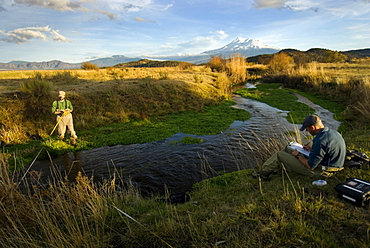
November 12, 2008 Mt Shasta CA, Big Springs ranch Carson Jeffres (rt) Staff Research Associate for UC Davis Center for watershed Sciences, and Andrew Nichols, Jr Specialist (UC Davis Center for watershed Sciences,) conducting research in the Shasta River where it runs through Big Springs Ranch about 20 miles north of the town of Mt Shasta. The ranch, which is contributing to degraded habitat conditions that warm water temps by upwards of 10 degrees as the river passes through the ranch and then spills into the Klameth, is currently under contract for purchase by TNC, therefor TNC and partner organizations have been allowed to research this stretch of river for the first time. They have discovered that is it a very fertile juvenile rearing area and that there are a surprising number of returning salmon in spite of habitat degrated by grazing cattle (often in the river) and irrigation practices. If this purchase is sucessful, TNC has the chance to improve a large stretch of habitiat and qucikly improve conditions that will effect numbers of returning fish and habitiat in the Shasta and Klameth Rivers. The Shasta River and its tributaries create one of the most important spawning nurseries for Chinook salmon in the entire Klamath Basin, United States of America
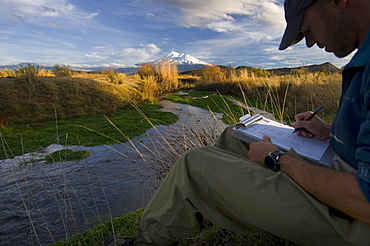
November 12, 2008 Mt Shasta and the Shasta River, Big Springs ranch, CA Carson Jeffres Staff Research Associate for UC Davis Center for watershed Sciences, conducting research in the Shasta River where it runs through Big Springs Ranch about 20 miles north of the town of Mt Shasta. The Shasta River and its tributaries create one of the most important spawning nurseries for Chinook salmon in the entire Klamath Basin. The ranch is contributing to degraded habitat conditions, which actually warm water temps by upwards of 10 degrees as the river passes through the ranch and then spills into the Klameth River.This stretch of river is a very fertile juvenile salmon rearing area and that there are a surprising number of returning salmon in spite of habitat degraded by grazing cattle and bad irrigation practices, United States of America

November 7, 2008 Mt Shasta CA A spawned-out Chinook salmon watches over her redd in the Shasta River where it runs through Big Springs Ranch about 2 miles north of the town of Mt Shasta. The ranch, which is contributing to degraded habitat conditions, which actually warm water tempt by upwards of 10 degrees as the river passes through the ranch and then spills into the Klameth, is currently under contract for purchase by TNC, therefor TNC and partner organizations have been allowed to research this stretch of river for the first time. They have discovered that is it a very fertile juvenile rearing area and that there are a surprising number of returning salmon in spite of habitat degraded by grazing cattle (often in the river) and irrigation practices. If this purchase is successful, TNC has the chance to improve a large stretch of habitat and quickly improve conditions that will effect numbers of returning fish and habitat in the Shasta and Klameth Rivers. In California, The Nature Conservancy is focusing its efforts on protecting the Shasta River and its tributaries, which create one of the most important spawning nurseries for Chinook salmon in the entire Klamath Basin, United States of America

November 12, 2008 Mt Shasta CA, Big Springs ranch The Shasta River as it runs through Big Springs Ranch about 20 miles north of the town of Mt Shasta. The Shasta River and its tributaries create one of the most important spawning nurseries for Chinook salmon in the entire Klamath Basin. The ranch is contributing to degraded habitat conditions, which actually warm water temps by upwards of 10 degrees as the river passes through the ranch and then spills into the Klameth River.This stretch of river is a very fertile juvenile salmon rearing area and that there are a surprising number of returning salmon in spite of habitat degraded by grazing cattle and bad irrigation practices, United States of America

Tourists on water hyacint clogges waterway on Ato el Cedral ranch on the llanos, Venezuela, South America.
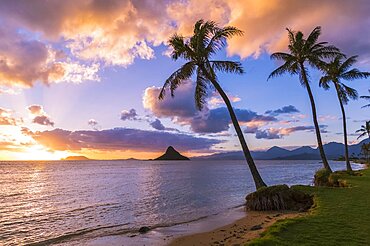
Sunrise At Kualoa Beach Park Overlooking Mokoli?i Island, Kualoa, Oahu, Hawaii, United States Of America

Cowboy Having His Morning Coffee At The Edge Of A River With His Horses, Ya-Ha-Tinda Ranch, Clearwater County, Alberta, Canada
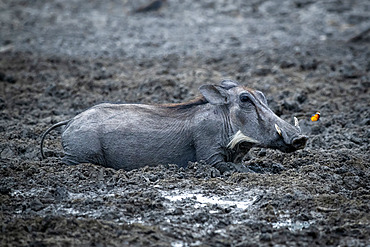
Close-up of a common warthog (Phacochoerus africanus) lying on its stomach in the mud at a waterhole next to a butterfly at the Gabus Game Ranch; Otavi, Otjozondjupa, Namibia
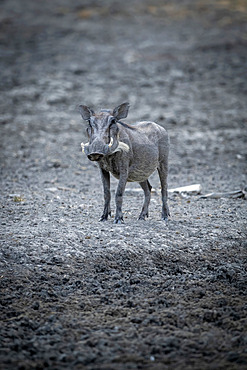
Portrait of a common warthog (Phacochoerus africanus) standing in the mud at a waterhole and looking at the camera at the Gabus Game Ranch; Otavi, Otjozondjupa, Namibia
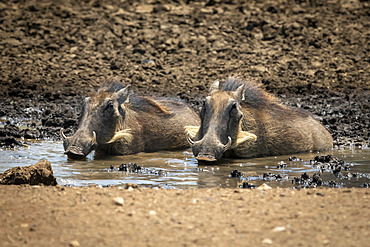
Two common warthogs (Phacochoerus africanus) lying in a muddy waterhole on the stony ground on the savanna at the Gabus Game Ranch; Otavi, Otjozondjupa, Namibia

Woman wearing sunhat sitting by a swimming pool dangling feet in the water and smiling at the camera at the Gabus Game Ranch; Otavi, Otjozondjupa, Namibia

Woman wearing sunhat sitting by a swimming pool reading at the Gabus Game Ranch; Otavi, Otjozondjupa, Namibia

Pond Slider turtle (Trachemys scripta) sunning on a submerged log and showing its reflection in a pond at the Riparian Preserve at Water Ranch; Gilbert, Arizona, United States of America
